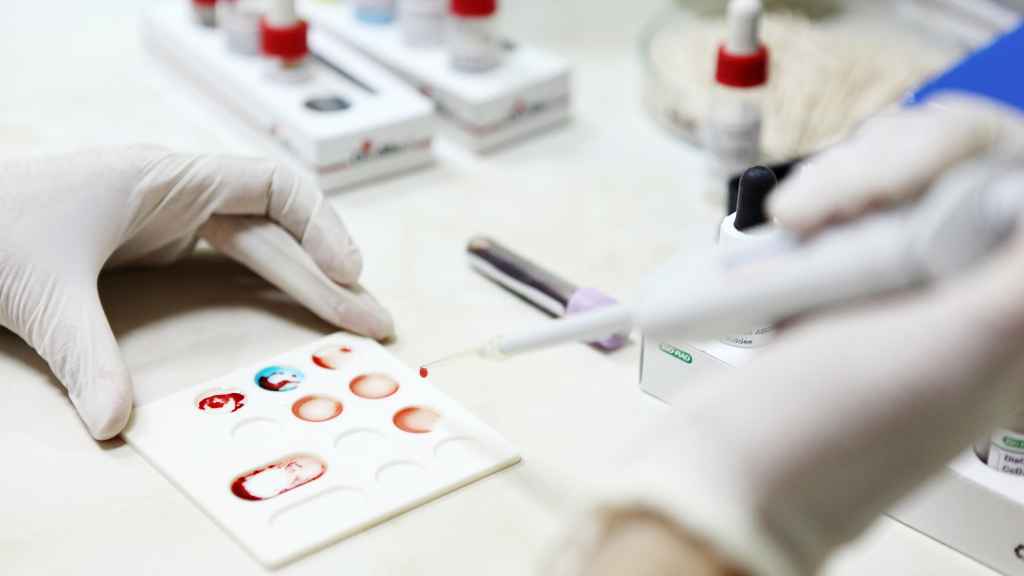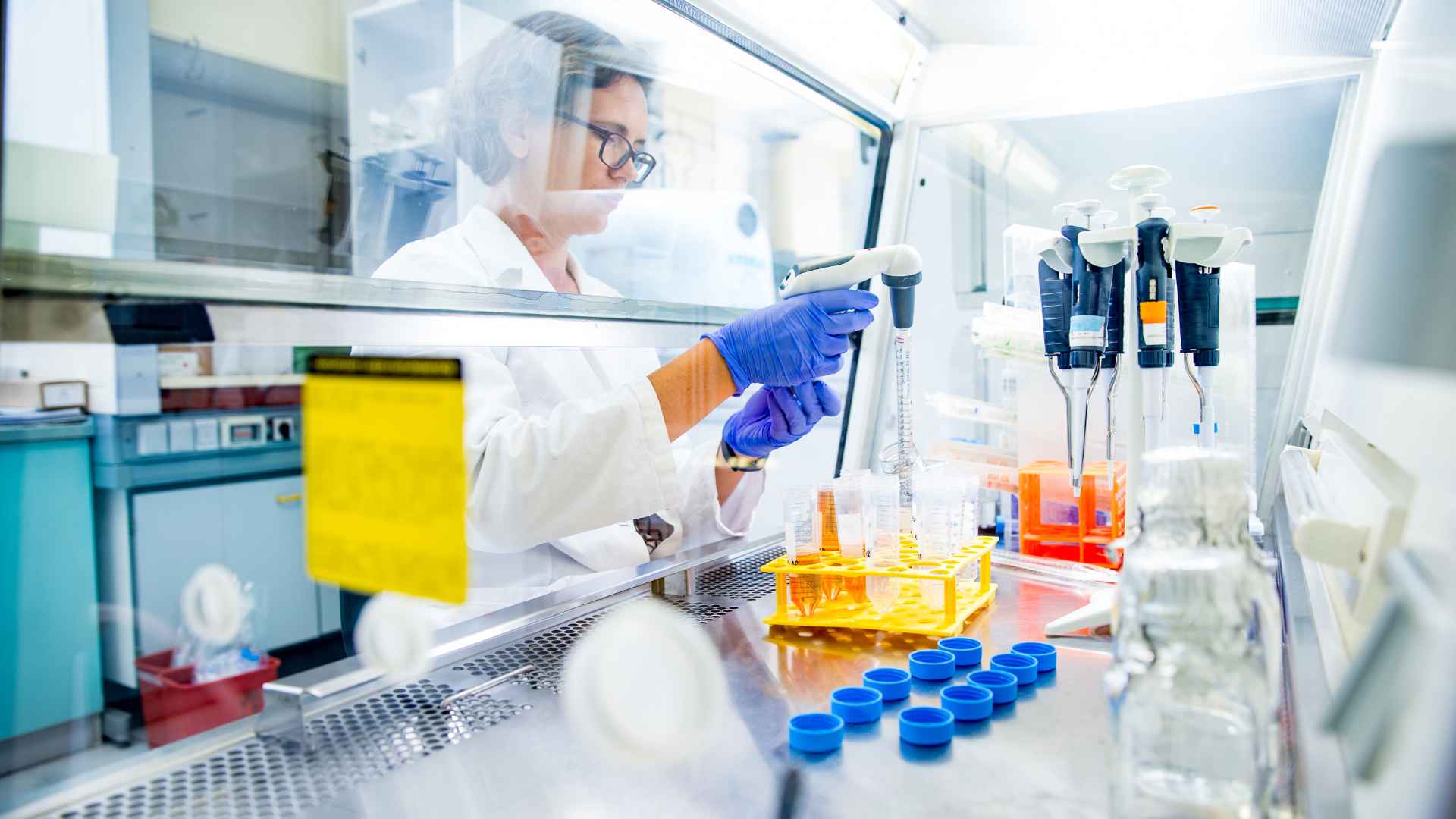Drug screening has become an integral part of modern-day employment, healthcare, and legal processes. It’s a tool used to detect the presence of drugs or their metabolites in the human body, ensuring safety and compliance in various settings. From pre-employment checks to routine testing in professional sports, the impact of drug screening is widespread and multifaceted.
As technology advances, so do the methods and accuracy of drug testing. Today’s tests can identify a wide range of substances, from alcohol and marijuana to prescription drugs and synthetic opioids. This evolution has made drug screening more reliable and indispensable in maintaining drug-free environments.
Importance of Drug Screening
Drug screening holds a pivotal role in ensuring safety and compliance across various spheres such as employment, healthcare, and legal processes. By detecting the presence of drugs or their metabolites in the human body, organizations and institutions can enforce policies that help maintain drug-free environments. In the workplace, drug screening is essential for reducing the risk of accidents, enhancing productivity, and promoting a healthy working atmosphere.
In Healthcare and Legal Systems
In healthcare settings, drug screening is crucial for diagnosing substance abuse disorders, monitoring patient compliance, and tailoring treatment plans according to individual needs. Similarly, within legal systems, drug screenings are utilized to enforce laws and regulations about drug use, ensuring that individuals remain compliant with court-ordered programs or conditions of employment.
Technological Advances Enhance Accuracy
The advancement of technology has markedly improved the methods and accuracy of drug testing. Today’s drug screening processes can identify a wide spectrum of substances, ranging from prescription medications to illicit drugs. This progress has made drug screening more reliable, supporting its critical role in various settings.
| Improvement Area | Impact |
| Method Accuracy | Enhanced identification of drugs |
| Range of Substances | Broader detection capabilities |
| Processing Time | Faster results and decision-making |
Integration in Various Aspects of Life
Beyond ensuring safety and compliance, drug screening plays a significant role in public health by identifying trends in substance use and helping to shape policies aimed at reducing the incidence of drug abuse. It’s also integral in sports, to uphold fairness and integrity, and in rehabilitation programs, to support recovery processes.
The importance of drug screening cannot be overstated. As it becomes more integrated into various aspects of life, its role in maintaining safe, healthy, and productive environments becomes increasingly pronounced. With ongoing technological advancements, the effectiveness and scope of drug screening will continue to grow, further highlighting its significance in today’s society.
Applications of Drug Screening
Drug screening has diversified applications across various sectors, proving its indispensability in both preventive and diagnostic arenas. Its role spans from workplace safety and compliance to healthcare diagnostics and treatment optimization, as well as legal adherence and sports integrity.
Employment and Workplace Safety
Employers leverage drug screening programs to foster a safe and productive work environment. By identifying substance use among employees, businesses reduce the risk of accidents and enhance overall productivity. Drug screening is not just a tool for pre-employment checks but also for random testing, post-accident investigations, and return-to-work assessments. High-risk industries, such as transportation and construction, are particularly reliant on these programs to comply with government regulations and to ensure workforce safety.
Healthcare Diagnostics and Treatment
In healthcare settings, drug screening is pivotal in diagnosing substance abuse disorders and in tailoring treatment plans for patients. It aids in monitoring patient compliance and adjusting medications to achieve optimal therapeutic outcomes. Besides, it facilitates the detection of potential drug-drug interactions, averting adverse reactions.
| Screening Type | Primary Application |
| Diagnostic | Identifying substance use disorders |
| Compliance | Monitoring medication adherence |
| Therapeutic | Tailoring treatment plans |
Legal and Forensic Applications
The legal system employs drug screening for a variety of purposes, including law enforcement, child custody cases, and compliance with court-ordered programs. Forensic toxicology uses drug screening to identify substances involved in criminal activities, providing evidence that supports legal proceedings.
Sporting Integrity
In the area of sports, drug screening plays a crucial role in maintaining fair play and athlete safety. By detecting performance-enhancing drugs, it helps uphold the integrity of competitive sports and ensures that achievements are based on skill and dedication rather than substance abuse.
Research and Development
As the biotechnology field progresses, drug screening has become an invaluable tool in research and development. Companies like Da-Ta Biotech offer cell-based assays that are instrumental in evaluating the efficacy and safety of new drugs. These assays, including anti-cancer drug screenings, provide critical data that paves the way for groundbreaking treatments.
Methods of Drug Screening
The evolution of drug screening methodologies has been significant, reflecting the growing demand for accuracy, speed, and breadth in substance detection. In today’s sophisticated world, various approaches are employed to meet the diverse needs across sectors, from healthcare to law enforcement and sports.
Chromatography
Chromatography, including gas chromatography (GC) and high-performance liquid chromatography (HPLC), stands as a pillar in the area of drug screening. These techniques separate compounds in a mixture to enable the identification and quantification of drugs and their metabolites. GC is renowned for its efficacy in volatile substance analysis whereas HPLC is versatile, suitable for a broader range of substances.
Immunoassays
Immunoassays are another cornerstone, widely utilized for their speed and specificity. Techniques such as enzyme-linked immunosorbent assay (ELISA) and radioimmunoassay (RIA) rely on antibodies to detect drugs and their metabolites in biological samples. Their high sensitivity makes immunoassays ideal for initial screenings, though they may require confirmation by more specific methods like chromatography.
Mass Spectrometry
Mass spectrometry (MS) is pivotal for its unparalleled accuracy and ability to screen for a wide array of substances simultaneously. When coupled with chromatography, GC-MS or LC-MS/MS, it becomes a powerhouse for drug identification and quantification, providing detailed molecular information. This technique is integral in confirming the presence of drugs suggested by initial screening tests.
Spectrophotometry
Spectrophotometry, including ultraviolet-visible (UV-VIS) and infrared (IR) spectroscopy, offers a non-destructive method for drug analysis. By measuring the absorption of light by substances, spectrophotometers can identify chemical bonds and structures, aiding in the detection of various drugs.
Types of Substances Detected in Drug Screening
Drug screening techniques have become indispensable in identifying a wide range of substances that may affect individuals and communities. The substances detected through these screening methods can vary greatly, depending on the techniques used and the setting in which they are applied.
Illegal Drugs and Controlled Substances
One of the primary aims of drug screening is to identify the presence of illegal drugs and controlled substances. These can include, but are not limited to:
- Cocaine
- Heroin
- Methamphetamine
- Marijuana (Cannabis)
- LSD (Lysergic acid diethylamide)
- MDMA (Ecstasy/Molly)
Prescription Medications
Beyond illegal substances, drug screening also plays a crucial role in monitoring prescription medications. This is critical in preventing misuse and ensuring patient safety. Commonly screened prescription drugs include:
- Opioids (such as Oxycodone and Hydrocodone)
- Benzodiazepines
- Amphetamines
- Barbiturates
Performance-Enhancing Drugs
In the area of sports and athletics, drug screening is essential for detecting performance-enhancing drugs (PEDs) to ensure fair play. These substances may include:
- Anabolic Steroids
- Erythropoietin (EPO)
- Human Growth Hormone (HGH)
- Diuretics (used to mask other drugs)
New Psychoactive Substances
The emergence of new psychoactive substances (NPS) presents ongoing challenges for drug screening methodologies. NPS, often referred to as “designer drugs,” include synthetic cannabinoids, synthetic cathinones (“bath salts”), and other laboratory-created substances that mimic the effects of traditional drugs.
Alcohol
Though not always classified alongside drugs, the detection of alcohol consumption is a vital component of many drug screening protocols, particularly in settings involving driving under the influence, workplace testing, and probation monitoring.
The advancement in drug screening technologies ensures that not only are traditional and well-known substances detectable, but also newly emerging drugs and complex prescription medication cocktails. This breadth of detection helps in a wide array of contexts, from healthcare and law enforcement to workplace safety and sports integrity.
Advancements in Drug Screening Technology
In the rapidly evolving field of drug screening, recent technological advancements have significantly enhanced the accuracy, speed, and breadth of detection for a wide array of substances. These developments are pivotal for sectors relying heavily on drug screening, including healthcare, law enforcement, and competitive sports.
Mass Spectrometry has seen major upgrades, particularly in its sensitivity and specificity. This allows for the detection of minute quantities of substances, including new psychoactive substances that are often missed by traditional methods. Similarly, High-Performance Liquid Chromatography (HPLC) coupled with mass spectrometry (LC-MS/MS) has transformed the world of drug screening by offering unparalleled precision in identifying complex molecules.
Advancements aren’t limited to just hardware. Artificial Intelligence (AI) and machine learning algorithms are being integrated into drug screening processes. These technologies are adept at analyzing patterns and predicting outcomes, thereby significantly reducing the time required for interpreting results. Also, they continually improve through learning, ensuring that as new substances emerge, the screening technologies evolve accordingly.
The introduction of Point-of-Care (POC) testing devices represents another leap forward. These devices provide instant results, thereby streamlining the decision-making process in critical scenarios. Besides, they are designed to be user-friendly, requiring minimal training, which broadens their applicability across various settings.
One cannot overlook the role of Microfluidics in drug screening advancements. This technology allows for the manipulation of tiny volumes of fluids, facilitating high-throughput screening and reducing the volume of samples and reagents needed. This not only makes drug screening more cost-effective but also enables rapid screening of multiple samples concurrently.
As these technologies continue to evolve, they promise to expand the scope of drug screening, enhancing its reliability and efficiency. The integration of these advancements into existing protocols ensures that both traditional and emerging drugs can be detected with heightened accuracy, thereby bolstering safety and compliance across multiple domains.
Conclusion
With the relentless pace of innovation in drug screening technology, the future of substance detection looks promising. The integration of cutting-edge methodologies and tools not only elevates the precision and speed of testing but also broadens the spectrum of detectable substances. This evolution is pivotal in addressing the dynamic challenges posed by the emergence of new psychoactive substances. As the world of drug use continues to evolve, so too does the technology designed to keep pace with it, ensuring that drug screening remains a critical tool in the pursuit of safety and health.






